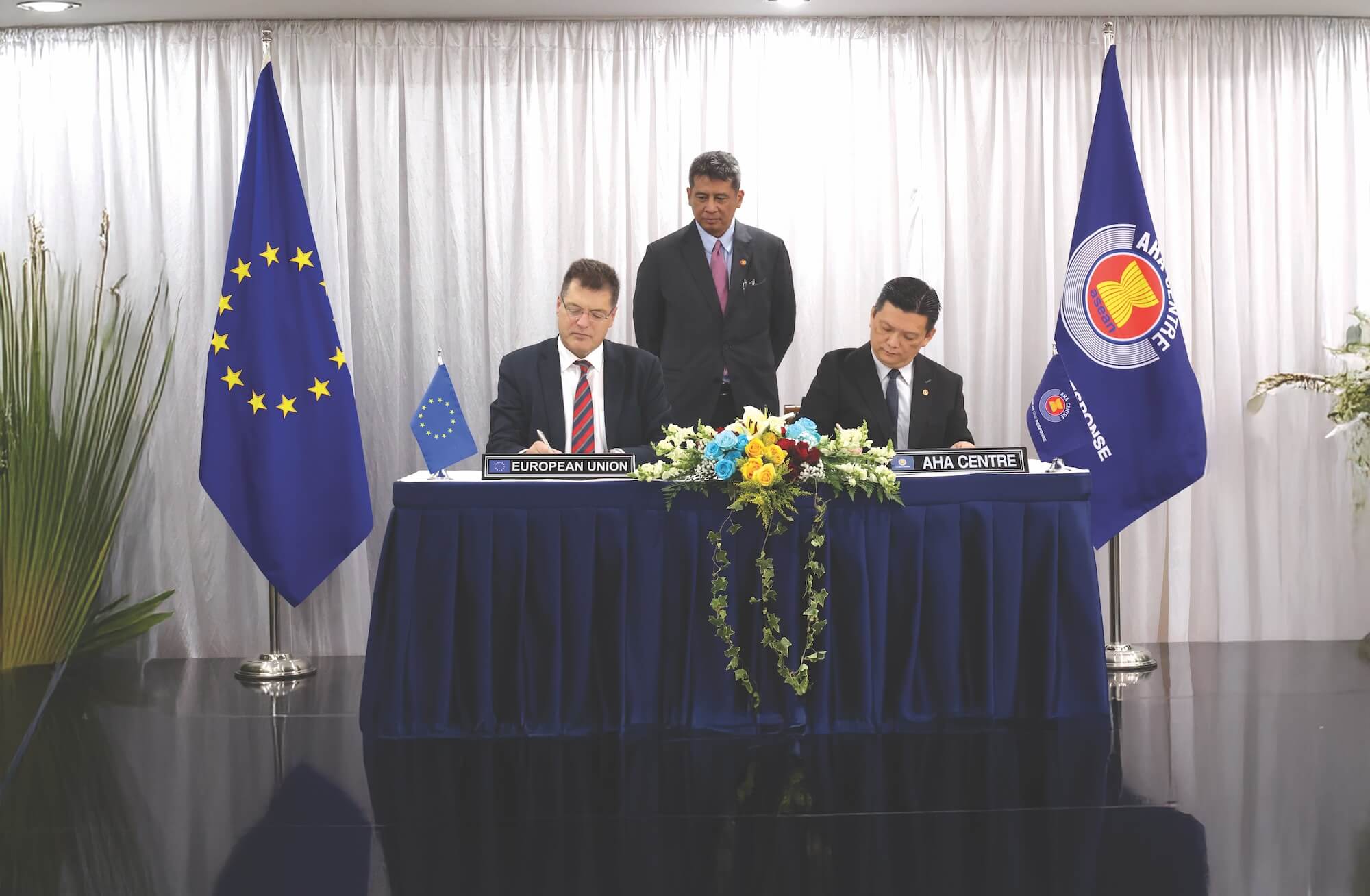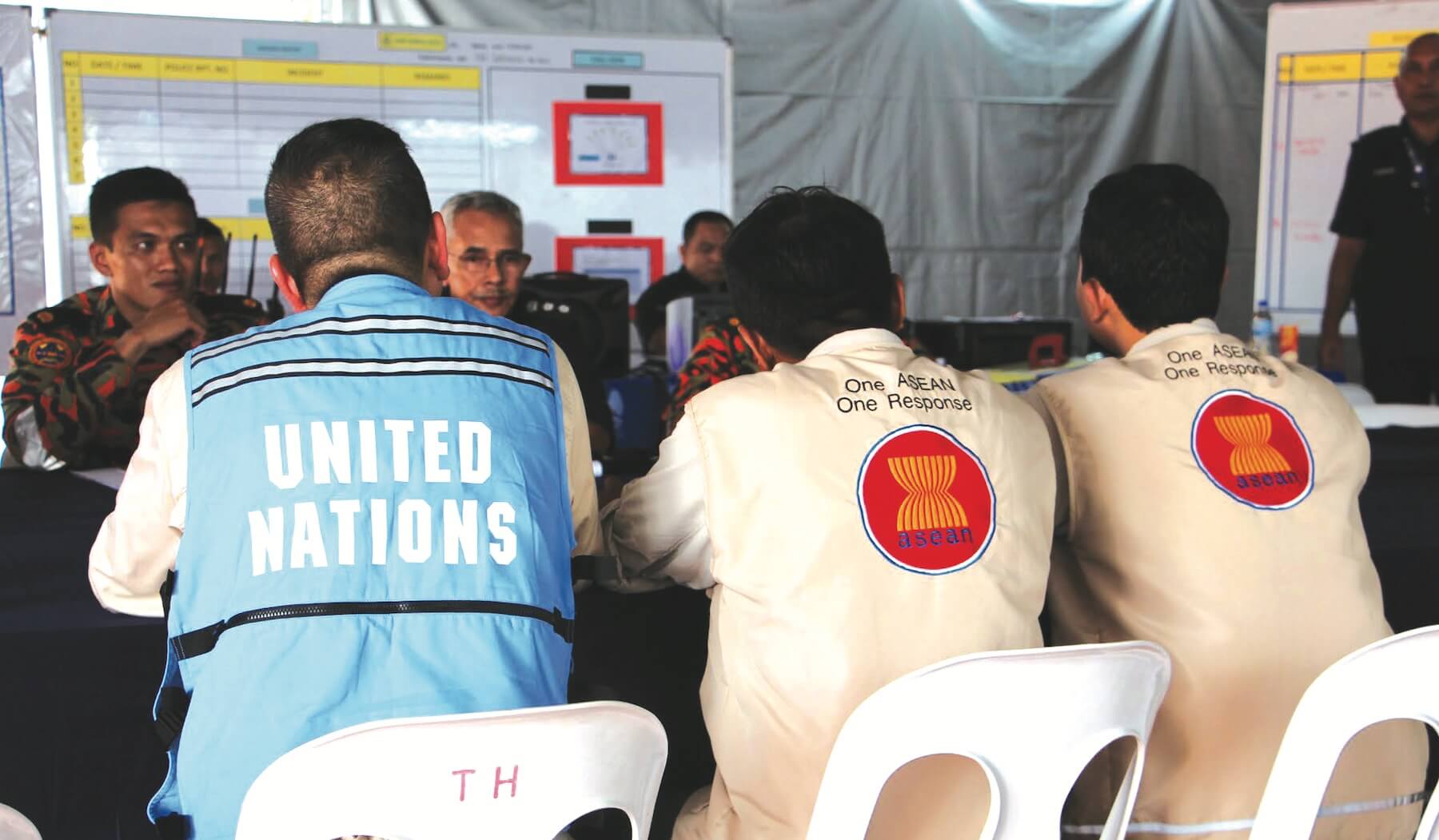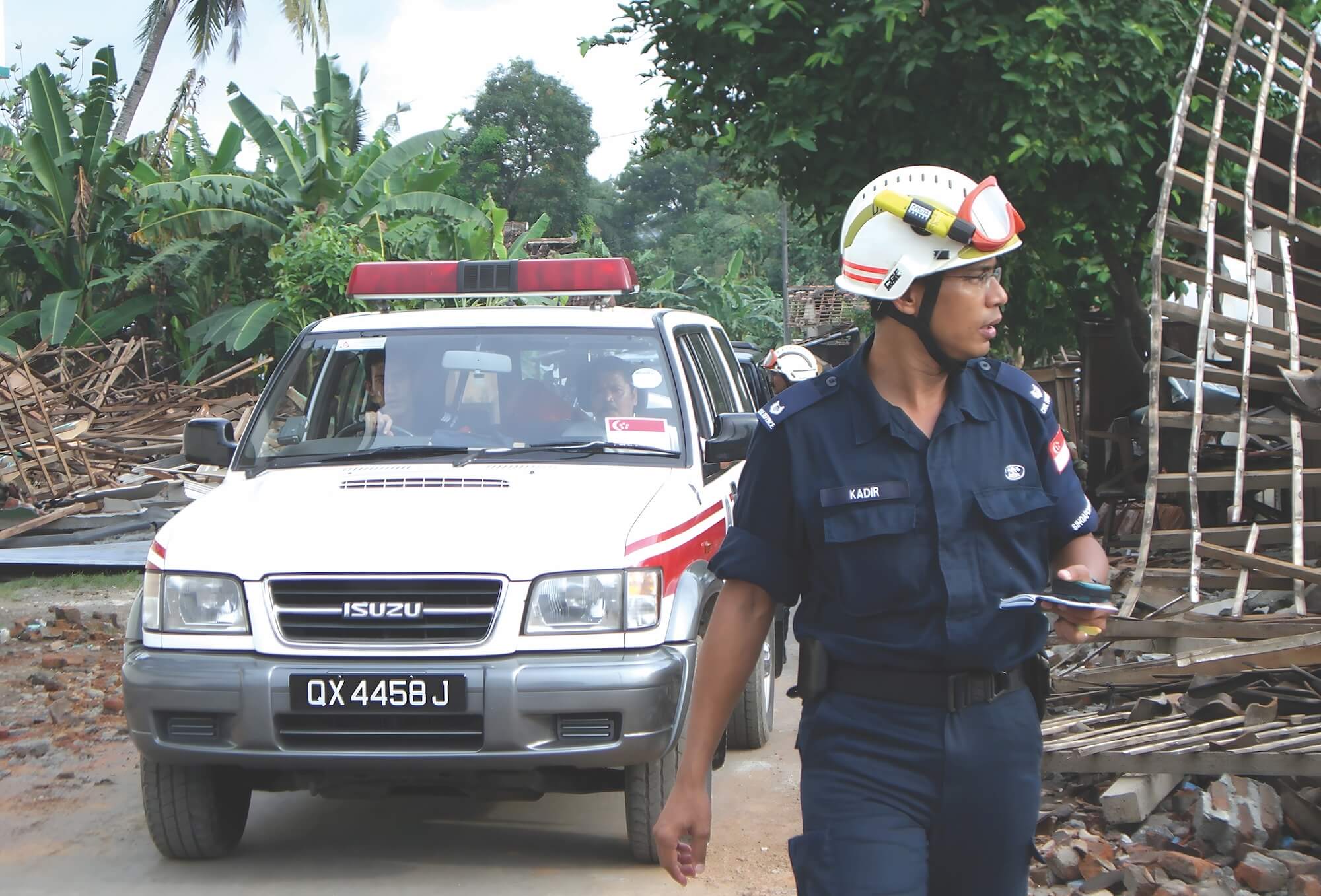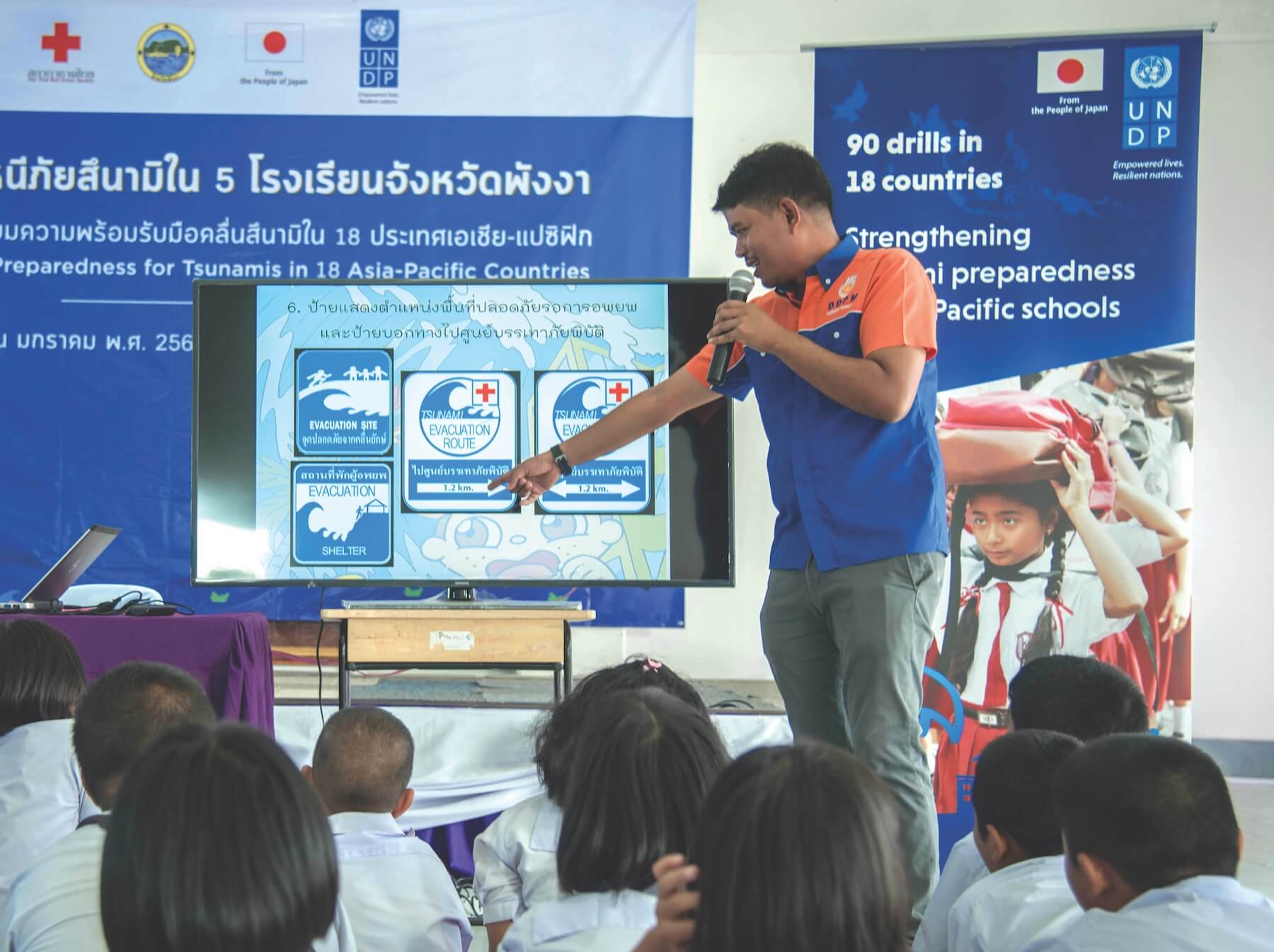



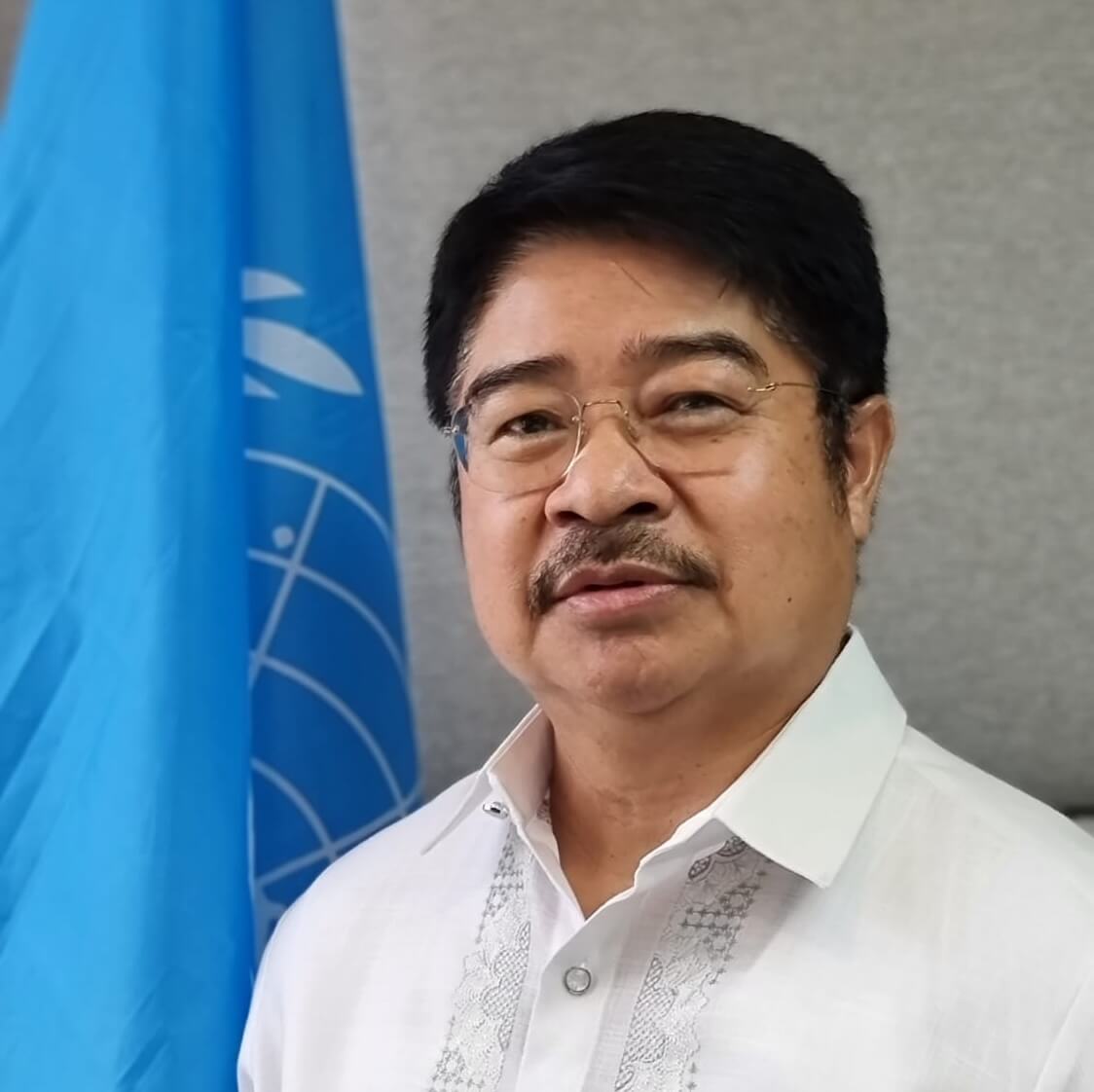
The silent story of global solidarity
A Japanese proverb says, “A disaster happens when the last one is forgotten.” No other disaster event in the region has offered as much experience and knowledge as the Indian Ocean Tsunami of 2004.
It was a poignant moment that enveloped the entire Asia-Pacific region with profound sadness—a region that is not exactly a stranger to frequent disasters. Even with time, many of us still recall the devastation, and it is something we should not forget.
It is imperative to tell the story of the international response to the 2004 tsunami, particularly the global solidarity in its immediate aftermath. The international community raised 13.5 billion US dollars, of which up to 40 per cent was donated by individuals, trusts, foundations, and businesses. This was the most rapidly and generously funded disaster response in history at that time for the Asia Pacific region. The 13.5 billion US dollars were pledged or donated internationally for emergency relief and reconstruction, including more than 5.5 billion US dollars from the general public in developed countries. Private donations broke many records. Governments were flexible and relatively rapid in their funding. Reporting of pledges and commitments and the timeliness of official donations turned out better than in previous crises. This presents an excellent case of the value of goodwill among peoples and nations and the integrity of the international community towards helping disaster-affected countries.
Solidarity among countries was also further amplified among ASEAN countries. The probability of a similar catastrophic event in one or several member states is a continuing concern of ASEAN and serves as the rationale for building regional cooperation. The Indian Ocean Tsunami was regarded as a catalyst for the enhancement of cooperation among ASEAN countries through the ASEAN Committee for Disaster Management and the creation of the AHA Centre. The ASEAN Agreement on Disaster Management and Emergency Response (AADMER), a legally binding regional agreement, was signed in 2005 and ratified on 24 December 2009. Within this ASEAN Framework, UNDP, through its Bangkok Regional Hub, was pleased to cooperate under the UN-ASEAN Joint Strategic Plan for Disaster Management (UNJSPDM) in enhancing regional capacity for preparedness for resilient and sustainable recovery from a catastrophic event, such as another major tsunami impacting one or more states.
Following the 2004 tsunami, UNDP, through its country offices in the five most tsunami-affected countries, viz. Indonesia, Thailand, Sri Lanka, Maldives, and India responded swiftly to the immediate needs of the governments and communities to save lives and minimise losses and damages. To sustain gains of immediate response and help affected countries return to development pathways, UNDP implemented a regional programme on “Capacity Building for Sustainable Recovery and Risk Reduction in the Tsunami Affected Countries”. The regional project served the UNDP Country Office in these countries and prioritised the objectives of strengthened information management capacities, enhanced early warning systems, and capacity building of government and other stakeholders at community, local, national, and regional levels.
Strengthening community preparedness
Twenty years later, UNDP has continued a more focused approach in cooperation with the people and government of Japan through a regional project titled “Partnerships for Strengthening School Tsunami Preparedness in the Asia-Pacific Region.” This project has been instrumental in building community resilience and preparedness in the Asia-Pacific region by focusing on high-risk areas prone to tsunamis. Its primary objective was strengthening school preparedness for tsunamis and other coastal hazards across 24 countries and almost all of the ASEAN Member States. The project involved conducting tsunami evacuation drills, developing and supporting national governments’ plans for scaling up through a regional guide to assist schools in conducting drills, updating school emergency plans, and integrating these plans into national disaster management frameworks.
As of today, over 520 schools participated in the drills, engaging more than 210,000 students, teachers, school staff, and local officials and helping raise awareness in the local communities. These efforts have increased community preparedness and readiness, ensuring that schools are equipped to act swiftly during emergencies. The 20th-year commemoration is an opportunity to enhance further awareness of the tsunami risks and the importance of school and community preparedness. UNDP advocates that more must be done to scale up this cooperation’s modest but meaningful gains.
Within ASEAN’s focus on the thematic agenda of “recovery” in 2025, UNDP leads the UN agencies under the UN-ASEAN Joint Strategic Plan for Disaster Management (UNJSPDM) in sharing lessons learned and best practices in preparedness for recovery. Under this cooperation, the ASEAN and the UNDP are collaborating on a joint publication onlessons learned from the Indian Ocean Tsunami due for dissemination on 26 December 2024.
From managing relief to managing risks
The international community delivered but needed an environment that allowed more efficient and effective response delivery. Like most of the world at that time, the countries affected had few pre-established rules for managing the incoming humanitarian response. In an early consultation between UNDP and the International Federation of Red Cross and Red Crescent Societies (IFRC), we shared the challenges that hindered international assistance due to restrictive local laws—visas and customs approval processes were inadequate, complex, and time-consuming. At the same time, some laws were too lenient and did not allow for accountability and the promotion of inclusion and equity. This reflection became the basis of an enduring cooperation between the two agencies in enhancing institution and legislative systems in the Asia Pacific region (IFRC, n.d.).
More importantly, the affected governments organised themselves to address the constraints in their enabling environment. The event has been the major driver for increasing investments in disaster risk reduction, a significant shift from managing relief focus. The tsunami event in 2004 made the passing of a comprehensive institutional and legislative system urgent and a national priority to strengthen disaster management capacity in tsunami-affected countries. With support from stakeholders, including the UNDP, the government of Sri Lanka passed the Disaster Management Act number 13, which became the basis for substantial improvement in disaster risk management. It created a Ministry of Disaster Management in Sri Lanka signifying the importance of the issue.
UNDP is the main partner of the national government of Indonesia in the enactment of the Disaster Risk Reduction (DRR) Law in 2007, which incorporates the principles of good governance in risk reduction as well as comprehensive approaches to addressing the underlying causes of risks by mainstreaming DRR into development planning. Similar guidance was provided by UNDP in other countries in their own national processes to promulgate and approve new laws and policies, notably in Viet Nam, the Lao PDR, Timor-Leste, and the Philippines. One can say that the lessons of the Indian Ocean Tsunami inspired these policy reforms at scale.
This momentum radiated into other countries when 168 countries met in Hyogo Prefecture, Japan, in 2005 to declare their commitment to a set of goals and targets known as the Hyogo Framework for Action on Disaster Risk Reduction (HFA 2005-2015). One of the goals they agreed on was international cooperation on multi-hazards early warning with the recognition that the presence of this capacity would have substantially reduced deaths and injuries (World Meteorological Organization, 2005). The HFA builds on the Yokohama Strategy for a Safer World (1994,) which declared principles rather than concrete targets. The attention to concrete goals and targets is further advanced in the Sendai Framework for Disaster Risk Reduction (2015-2030), which advocates the notion of the strong interlinkages between development and disasters.
The golden principles of “build back better”
Two years after the tsunami of 26 December 2004, there were major achievements on the long road to recovery among the devastated communities across the Indian Ocean region. By then, some 150,000 houses had been built, most of the displaced lived in adequate transitional shelters, and large infrastructure projects were underway. Children were quickly back in school, and hundreds of new schools were under construction. Most affected families resumed a livelihood of some kind, and in Aceh, the parties to its long-running political conflict achieved an agreement that paved the way for lasting peace.
UNDP was an active participant in the Tsunami Evaluation Coalition (TEC), which sought to improve policy and practice in the relief and rehabilitation sector, provide some accountability to both the donor and recipient public, and improve evaluation in the relief and rehabilitation sector by learning from the TEC process itself.
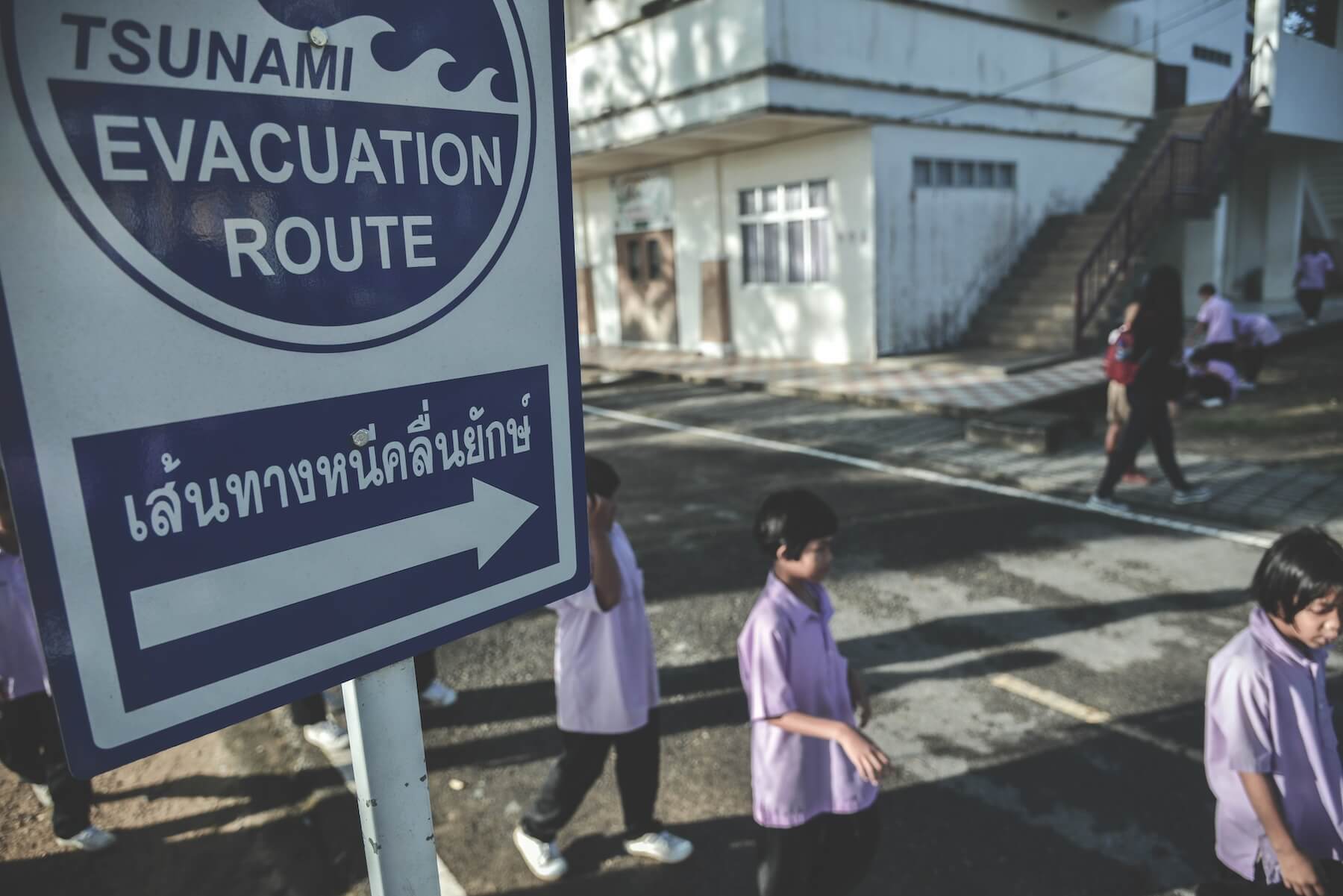
Noteworthy, the TEC process created awareness of important principles from lessons learned. These principles are best stated in the Special Envoy’s Propositions for Build Back Better. It is an important reminder for the UN/UNDP agencies and the ASEAN in their desire for cooperation in response and recovery. These are the 10 “Build Back Better” (BBB) propositions:
- Governments, donors, and aid agencies must recognise that families and communities drive their own recovery.
- Recovery must promote fairness and equity.
- Governments must enhance preparedness for future disasters.
- Local governments must be empowered to manage recovery efforts, and donors must devote greater resources to strengthening government recovery institutions, especially at the local level.
- Good recovery planning and effective coordination depend on good information.
- The UN, World Bank, and other multilateral agencies must clarify their roles and relationships, especially in addressing the early stage of a recovery process.
- The expanding role of NGOs and the Red Cross/ Red Crescent Movement carries greater responsibilities for quality in recovery efforts.
- From the start of recovery operations, governments and aid agencies must create the conditions for entrepreneurs to flourish.
- Beneficiaries deserve the kind of agency partnerships that move beyond rivalry and unhealthy competition.
- Good recovery must leave communities safer by reducing risks and building resilience.
The BBB approach in disaster recovery is a strategy aimed at reducing vulnerability to future disasters by improving the physical, social, and economic conditions of communities during the recovery and reconstruction process. The BBB approach aims to transform disaster recovery into an opportunity for improving the overall resilience and sustainability of communities rather than merely restoring them to their pre-disaster state. Since then, BBB has become the mantra of post-disaster reconstruction programs. Disasters have been recognised and leveraged as opportunities for change and improvement and, in some cases, are even considered as a “helpful interruption” to previously unchallenged inadequate policies and practices, such as those that disadvantaged certain groups, for example, persons with disabilities. BBB includes efforts to prevent recreating or exacerbating pre-disaster vulnerabilities in the process of reconstruction. By strategically embracing and optimising institutional, financial, political, and human opportunities, positive externalities are believed to arise from disasters, which can lead to safer and more resilient communities. As a consequence of the growing prominence of BBB, many organisations involved in disaster recovery, rehabilitation, and reconstruction have re-labelled their activities as espousing BBB.
Does BBB and doubling down on human development efforts work? Many of us who were in Aceh would not have imagined how the communities and province could recover in the immediate aftermath of the conflict and the tsunami. The unprecedented response from the global community after the tsunami of December 2004 made it possible to repair most of the damage and destruction to physical infrastructure, although the healing of trauma from the loss of kin and suffering during the tsunami and conflict continue to linger. The BBB principles during the recovery in Aceh are a key component of human development efforts in the province.
The Human Development Index in Aceh improved more slowly following the tsunami, and the province ranked 29th among 33 provinces in 2008. In 2023, the province of Aceh ranked number 11 on the Human Development Index.




